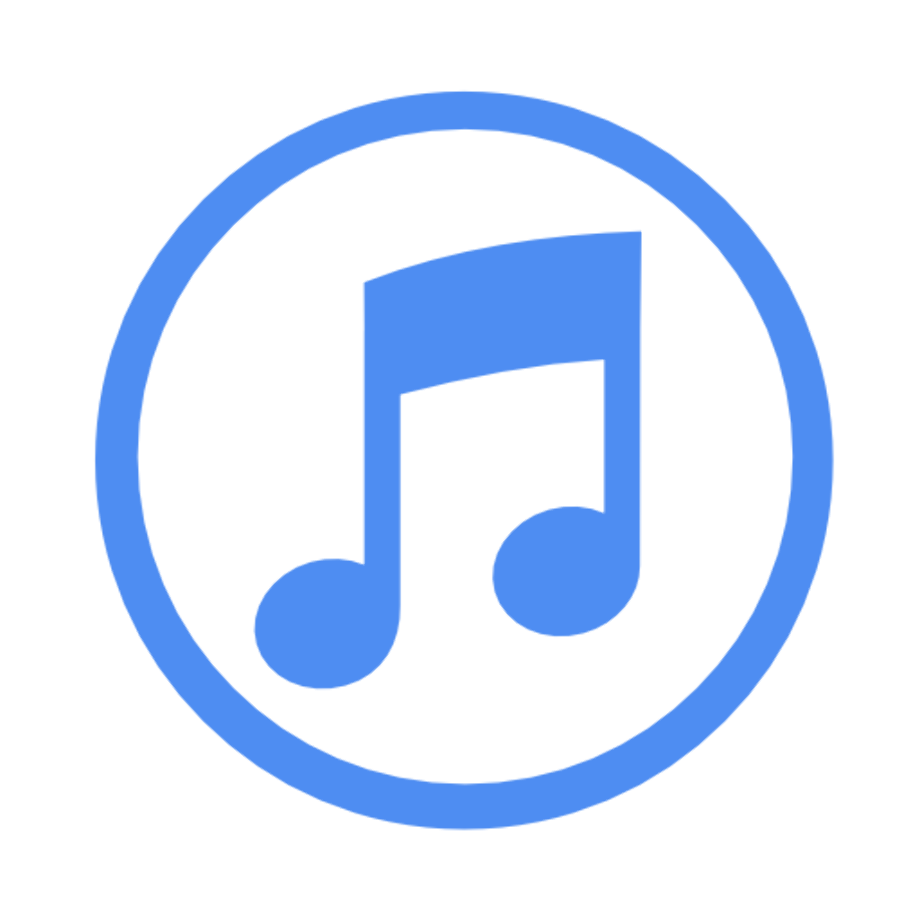

Platform availability Īpple released iTunes for Windows in 2003. Subsequent releases of iTunes often coincided with new hardware devices, and gradually included support for new features, including "smart playlists", the iTunes Store, and new audio formats. The first version of iTunes, promotionally dubbed "World’s Best and Easiest To Use Jukebox Software," was announced on January 9, 2001.
ITUNES LOGO SKIN
The primary developers of the software moved to Apple as part of the acquisition, and simplified SoundJam's user interface, added the ability to burn CDs, and removed its recording feature and skin support. SoundJam MP, released by Casady & Greene in 1998, was renamed "iTunes" when Apple purchased it in 2000. (This change would not affect iTunes running on Windows or older macOS versions). Beginning with Macs running macOS Catalina, iTunes was replaced by separate apps, namely Music, Podcasts, and TV, with Finder taking over the device management capabilities. Though well received in its early years, iTunes received increasing criticism for a bloated user experience, which incorporated features beyond its original focus on music. Since the release of iOS 5 in 2011, these devices have become less dependent on iTunes, though it can still be used to back up their contents. Starting in 2005, Apple expanded on the core music features of iTunes with support for digital video, podcasts, e-books, and mobile apps purchased from the iOS App Store. With the 2003 addition of the iTunes Store for purchasing and downloading digital music, and a version of the program for Windows, it became a ubiquitous tool for managing music and configuring other features on Apple's line of iPod media players, which extended to the iPhone and iPad upon their introduction.
ITUNES LOGO MAC
Originally announced by CEO Steve Jobs on January 9, 2001, iTunes' original and main focus was music, with a library offering organization and storage of Mac users' music collections. Options for sound optimizations exist, as well as ways to wirelessly share the iTunes library. Developed by Apple Inc., it is used to purchase, play, download, and organize digital multimedia, on personal computers running the macOS and Windows operating systems, and can be used to rip songs from CDs, as well as play content with the use of dynamic, smart playlists. iPad models with a Home button, iPhone 6s or earlier, and iPod touch (6th generation) or earlier: Press and hold both the side (or top) button and the Home button until you see the Apple logo.ITunes ( / ˈ aɪ t( j) uː n z/) is a software program that acts as a media player, media library, mobile device management utility, and the client app for the iTunes Store.iPhone 7, iPhone 7 Plus, and iPod touch (7th generation): Press and hold both the side (or top) button and the volume down button until you see the Apple logo.Press and hold the side button until you see the Apple logo. Press and quickly release the volume down button. iPhone 8 or later: Press and quickly release the volume up button.Press and hold the top button until the device restarts. If you're not sure, see which buttons you need to press to restart your iPad. Press and quickly release the volume button farthest from the top button. iPad models without a Home button: Press and quickly release the volume button closest to the top button.Connect your device to your computer using the cable that came with your device. Don't disconnect your device from your computer.


 0 kommentar(er)
0 kommentar(er)
